The World Needs to Triple Renewable Energy by 2030
Bruce Douglas discusses the Global Renewables Alliance’s commitment to amplify the private sector’s role in accelerating the energy transition to meet the global tripling of renewables target.
How does the Global Renewables Alliance (GRA) ensure that diverse voices, including those of smaller players in the renewable energy sector, are heard? Specifically, how are the interests of smaller players represented and balanced within the organization, and what role does the GRA play in amplifying their voices?
The GRA is a comprehensive umbrella organization representing the global renewable energy sector, bringing together a wide range of stakeholders. We represent tens of thousands of private sector companies, not just renewable energy industry players and large multinational energy buyers like Amazon, Google, and PepsiCo, but also players throughout the value chain—from mining companies that supply the minerals for renewable technologies to developers and small and medium-sized enterprises involved in the energy transition.
Our approach ensures that diverse voices are heard by working through a network of organizations, including the Global Wind Energy Council, the Global Solar Council, and numerous regional and national associations. These groups represent stakeholders at every level, from large buyers to local communities, ensuring that interests are balanced and represented.
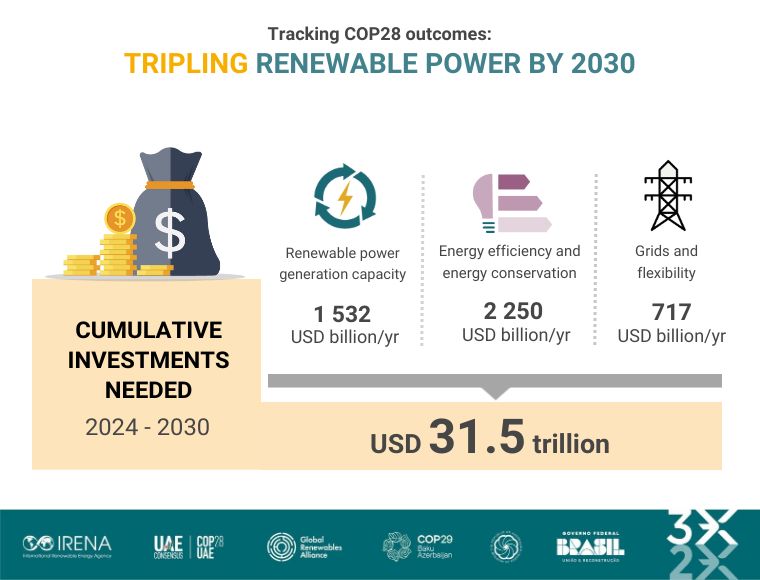
Geographically, we focus primarily on emerging markets and developing economies, where much renewable energy action is needed. While regions like China, Europe, and the United States have historically attracted investment, only 15% of renewable energy investment has reached the Global South. This imbalance highlights the urgent need to focus on developing regions, which have vast energy needs and growing populations. To address this, the GRA has expanded its presence, with offices set up in Kenya, Latin America, and Asia, ensuring that voices from these regions are amplified in the global dialogue and the benefits of the renewable energy boom are shared equally.
The GRA has set ambitious targets to triple global renewable energy capacity by 2030. What key strategies will be most effective in achieving this goal? How do you plan to engage governments and industries to make this happen?
It’s important to clarify that this target was set by countries, not the renewable energy industry itself. This commitment, which was initially pledged by 130 countries leading up to COP28, was formally endorsed in the final Global Stocktake decision by all countries at COP28. While this is a critical target, we view it as a baseline, not a ceiling, and believe there’s potential to exceed this goal. We are currently off track to meet it, however, and several factors contribute to this challenge. We believe the key to success lies in immediate actions and long-term planning.
The GRA focuses on five core pillars to drive renewable energy deployment: supply chains, demand-side (industrial decarbonization and corporate sourcing), permitting, financing, and energy system flexibility (including grids and storage). For the short-term actions, there are several critical areas where progress can be made quickly:
Grid Connection: Over 3000 gigawatts (GW) of renewable energy projects are currently stuck in grid connection queues, waiting for access to the grid. This backlog represents a capacity roughly equivalent to the entire electricity system of China. If these projects could be fast-tracked through grid connection reforms, progress would accelerate significantly toward the 2030 target. Streamlining and improving grid connection processes will help unlock this potential.
Permitting: Many renewable projects are delayed by lengthy permitting processes, with wind farm approval taking longer than construction in some areas. With the urgency of the climate crisis and the economic and environmental benefits of renewables, adjustments to permitting timelines could drive rapid deployment. For example, the European Commission’s emergency measures, now being implemented in Germany, have demonstrated how accelerating permitting can lead to a dramatic increase in renewable projects.
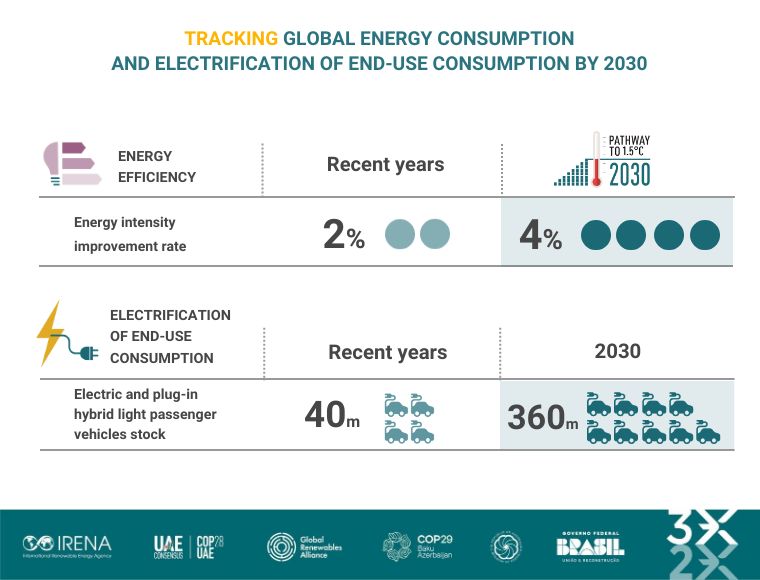
In addition to these immediate steps, long-term strategies are essential. Governments must implement clear, stable, and predictable policies that provide investors with the confidence they need to commit large amounts of capital. Long-term policy frameworks – beyond just setting targets – will be critical in guiding sustained investments and ensuring that renewable energy projects can proceed with certainty.
By combining these short-term actions to address bottlenecks with robust long-term planning, we can make significant strides toward achieving and even surpassing the 2030 target. Engaging governments and industries in this effort is essential, and we are committed to facilitating collaboration across all sectors to drive this global transition.
The GRA launched the Now Deliver Change (NDC) campaign in September 2024. Can you tell us more about the campaign’s goals and some of the specific actions you’re encouraging governments to take? How will you measure the success of this initiative?
The Now Deliver Change campaign was launched at New York Climate Week, with the first-ever Global Renewable Summit, where we hosted the European Commission President Ursula von der Leyen, Kenyan President William Ruto, and Barbadian Prime Minister Mia Mottley. The campaign is designed to drive the urgent need for action to triple global renewable energy capacity by 2030. The message is clear: Now because time is running out, deliver because action is needed, and change because the status quo won’t get us to where we need to be. The campaign calls on governments to include ambition in their updated Nationally Determined Contributions (NDCs) and emphasizes the need for concrete steps to translate these global commitments into action.
The core of the campaign focuses on three key areas for government action:
Ambition: We are asking governments to align their renewable energy ambitions to triple renewable energy capacity. This ambition must also align with the 1.5 C climate target outlined in the Paris Agreement, which is critical to limit global warming.
Specific Renewable Energy Targets: While many countries have general climate goals, few have set specific, measurable targets. These targets are essential for ensuring that the transition is not only ambitious but trackable. Countries should be setting clear and quantifiable goals for renewable energy capacity by 2030, and these targets must be integrated into their broader climate plans.
Action Plans: Governments must outline detailed, actionable long-term energy plans. These plans should include budgeting, spatial planning, and clear timelines—knowing where, when, and how much renewable energy will be developed, and who will build it. These plans must be robust to be investable and provide the confidence necessary for private-sector investment. If governments make their plans clear and investable, companies like ours can commit to funding projects and accelerating the energy transition.

One challenge we’re currently facing is that out of 194 NDCs submitted, only 14 include specific renewable energy targets, with only Namibia having updated its renewable energy targets to align with the tripling goal since COP28. This is a stark reminder that while there is ambition, it hasn’t yet translated into the actions needed to achieve these goals.
We are calling on governments to deliver change by updating their NDCs with clear, actionable plans for renewable energy. The global targets must be reflected in national plans and, most importantly, local projects. For the energy transition to succeed, the real work must happen at the local level, transforming national strategies into tangible, on-the-ground projects.
As for measuring success, we closely monitor the NDCs as they are updated ahead of the 2025 deadline. We track if countries incorporate specific renewable energy targets, whether their energy plans are sufficiently detailed, and if they set achievable goals. The real measure of success will be whether these plans are translated into actual projects on the ground. The numbers from our shared report with the International Renewable Energy Agency (IRENA) indicate that the world is still on a ‘business-as-usual’ track. That’s why we need governments to step up and align their plans with the global renewable energy targets.
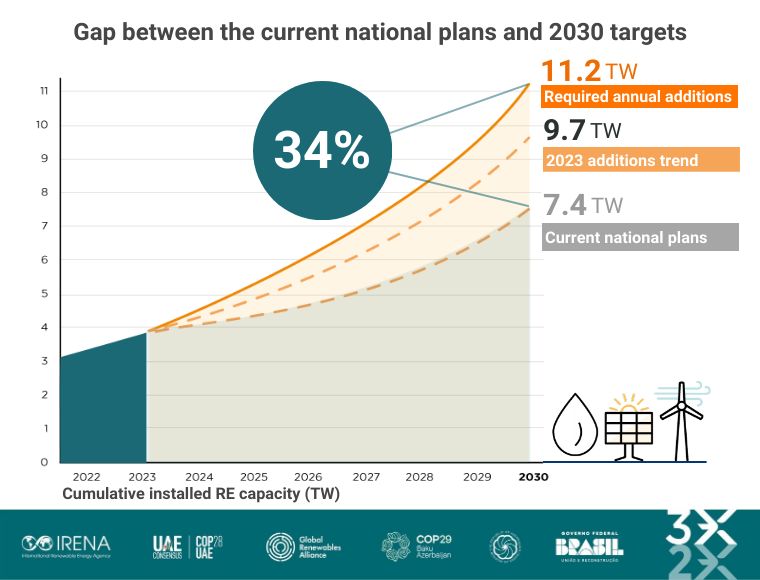
The GRA has used significant platforms like Climate Week in New York City to launch key initiatives. How do you plan to continue influencing global policy decisions on renewable energy moving forward? Do you have a roadmap for the major international conferences you’ll be attending, and is there a set end date for the Now Deliver Change campaign?
The long-term goal of our campaign is to triple global renewable energy capacity by 2030—specifically reaching 11,000 GW of renewable capacity. Everything we’re doing between now and then is focused on driving progress toward that target. The campaign has a clear end goal, but we’re also addressing immediate, short-term opportunities, such as the upcoming updates to NDCs in February 2025. While we don’t expect the campaign to end then—especially since many countries may delay or miss their NDC submissions—the NDC push is a key milestone. Our focus will likely continue through COP30, with continued pressure on countries to align their NDCs with the global renewable energy targets.
However, our campaign is more than just about meeting the 2030 target; it’s about reframing how countries and investors view renewable energy. We refer to renewables as an “investment,” not a “cost.” Countries investing in renewables are locking in long-term energy security, industrial development, job creation, and clean energy access, all of which provide lasting benefits—unlike fossil fuels, where you’re locked into ongoing costs for fuel and infrastructure. By emphasizing these broader economic and societal benefits, we aim to drive investment, particularly in developing economies, where the need for clean, affordable energy is greatest.
In addition to the NDC push, we are running a Time 4 Action campaign, which outlines specific policy recommendations across five key areas: demand-side policies, finance, permitting, supply chains, and grid development. These policy changes are critical to accelerating the energy transition, and they provide the concrete actions needed to meet the tripling goal.
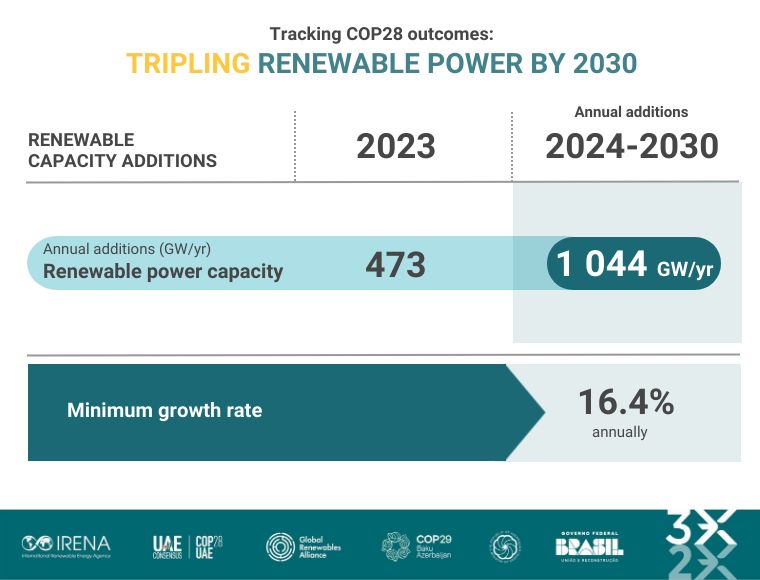
We have also been very involved in COP29, where a critical pledge on global grids and storage was launched by the COP29 Presidency. This pledge calls on governments and non-state actors to support a global target for both storage and grid development. The storage target calls for a six-fold increase in global storage capacity by 2030, reaching 1500 GW, and the grid target calls for a doubling of annual investments in grid infrastructure—reaching $600 billion per year by 2030, as outlined by the International Energy Agency. Additionally, the pledge includes a target to build or upgrade 25 billion kilometers of grid infrastructure, both new and existing, to accommodate the growing renewable energy capacity.
The importance of these targets can’t be overstated. Grids and storage are essential for ensuring that renewable energy—produced, for example, during the day in solar-rich regions like California or Spain—can be stored and dispatched when and where it’s needed. Without adequate grid infrastructure and storage capacity, renewable energy faces significant limitations in terms of scale, flexibility, and reliability. The flexibility of the energy system is a key enabler for the transition to renewables, and this is especially true in both developed and developing countries. We believe that pushing for these targets will raise awareness of this issue and catalyze action to improve grid and storage systems.
As for the roadmap of our engagement in key conferences, we are strategically participating in major international events, including COP30, the IRENA General Assembly, New York Climate Week, Clean Energy Ministerial, and beyond to keep the pressure on governments and stakeholders. These gatherings offer critical opportunities to amplify our message, mobilize support, and ensure that renewable energy remains at the top of the global agenda. Our campaign is ongoing, with no specific end date in sight—its success will depend on the continued collaboration of governments, industries, and local communities to bring the renewable energy revolution to life.
The GRA has emphasized that renewable energy should be seen as an investment, not a cost. What specific strategies does the GRA propose to attract the significant investment needed to drive the renewable sector forward? How do you plan to address the current financial barriers hindering investment in renewables?
We are aiming to mobilize $10 trillion in cumulative investment by 2030, which, though substantial, is relatively modest when considering the scale of the global energy system. The capital to achieve this goal exists, but the challenge lies in shifting the flow of investment into the renewable sector. Fossil fuel projects tend to attract more capital because they offer higher returns on investment. Our primary task is to address the perceived risks associated with renewables and make them more attractive in terms of return on investment.
A key part of this effort is improving investor confidence. Renewables, with their high capital expenditures (capex) and reliance on upfront investment rather than ongoing fuel costs, face challenges in accessing low-cost capital. To address this, we need to reduce the perceived risks and interest rates, particularly in developing countries, where many renewable projects are located. While investors often perceive these regions as risky, the reality is that default rates are often lower than perceived. By providing greater transparency and emphasizing the stability of renewable investments, we can encourage more competitive pricing for capital. This, in turn, would lower financing costs for renewable projects.
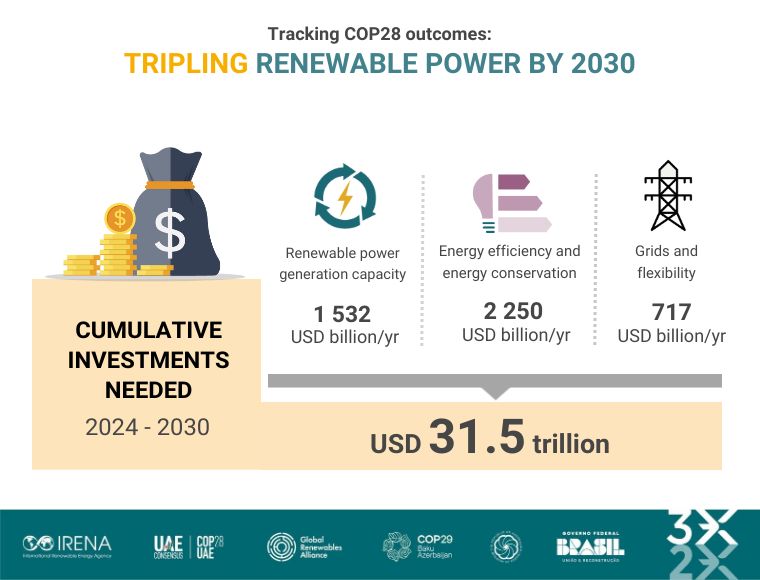
Ultimately, it’s about leveling the playing field. If we can make renewables as financially attractive as fossil fuel projects by addressing financing costs, subsidy imbalance, interest rates, and perceived risks, we will unlock the flow of investment into the sector. It sounds simple but is a challenge due to the deeply entrenched financial systems that have historically favored fossil fuels. Once we create the right conditions, capital will flow into renewables and we’ll be able to mobilize the necessary investment to meet our climate goals. The money is there—it’s just a matter of shifting it from one sector to another.
Has your Now Deliver Change campaign, particularly the focus on the triple ambition for renewables, gained traction and media attention? Have you seen other energy and like-minded associations or stakeholders engaging with your message? Additionally, how is the GRA addressing the critical role of community engagement in accelerating the adoption of renewable energy?
Yes, the campaign has garnered significant attention, particularly during Climate Week in New York, where it resonated strongly with a wide range of stakeholders—NGOs, financiers, governments, and our industry members. We were thrilled to have nearly 200 signatories supporting the campaign, all calling for urgent action from governments to scale up renewables. This campaign is not only about policy advocacy but also about engaging communities directly, especially as we move forward with large-scale renewable energy projects.
One of the key challenges with scaling renewables is that the more projects we build, the harder it becomes to build them. As wind farms, solar fields, and other infrastructure begin to dot the landscape, local communities become concerned about the impact on their environment. That’s why it’s crucial to engage communities early in the process—to inform them and make sure they share in the benefits of renewable energy projects. Early engagement helps communities understand why these projects are important and how they will benefit directly from them.
For example, we can ensure that a portion of the profits from these projects stays in the local community. In many cases, this could mean funding for schools, infrastructure, or even helping to lower electricity bills. In developing countries, renewable projects can provide much-needed low-cost electricity and improve local infrastructure.
We cannot afford to develop renewables at the expense of nature—this is a lesson we must learn from the past.
Despite its shortcomings, the fossil fuel industry understood that community buy-in was critical to the success and longevity of their projects. Renewables must take a similar approach, but we need to be proactive, especially as we scale up. It’s about earning the ‘social license’ to operate, ensuring that communities accept and actively support these projects because they see tangible benefits for themselves. This is key to large-scale deployment and long-term sustainability.
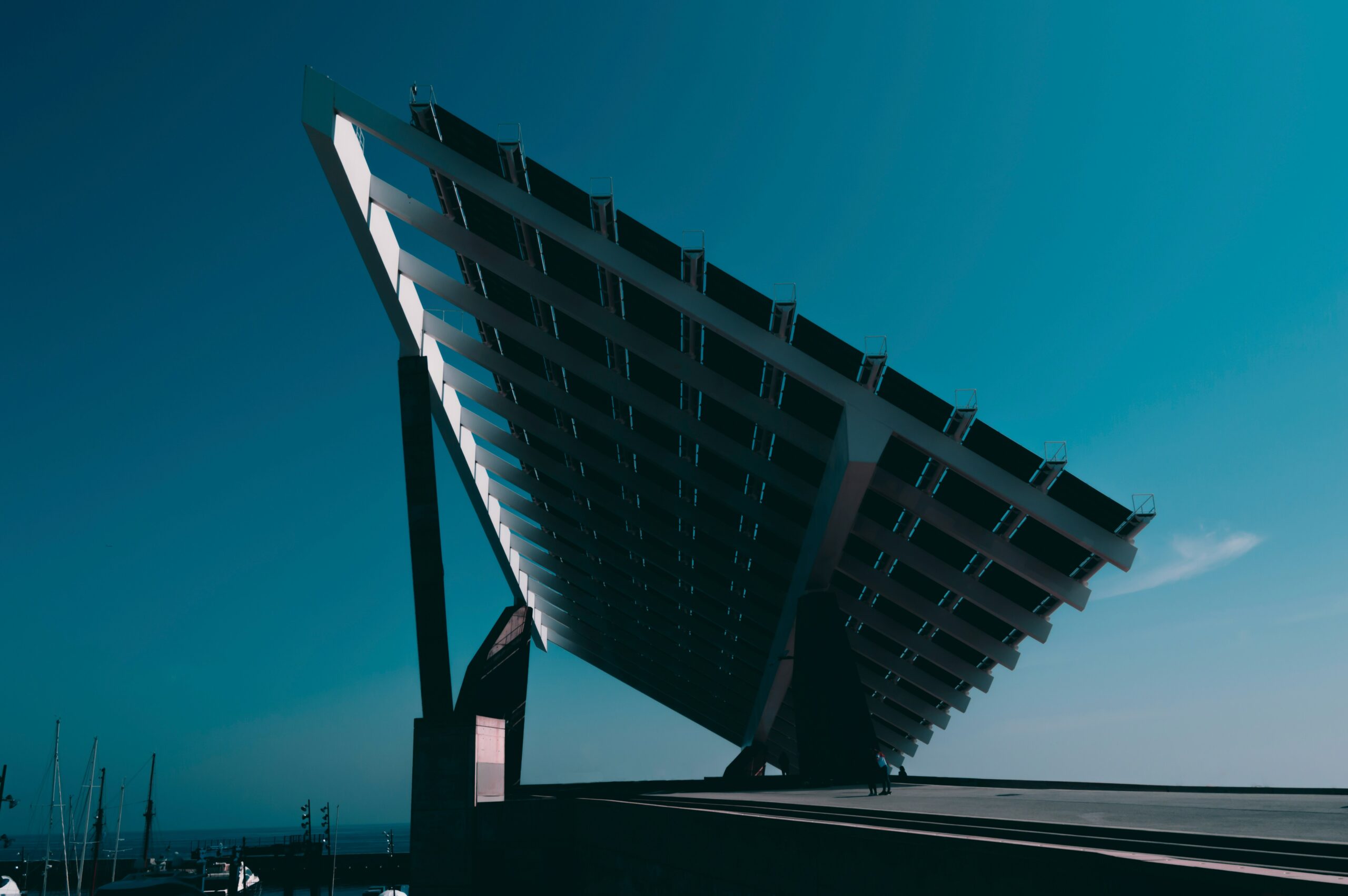
To support this, we’ve developed a nine-point plan for permitting through our Planning for Climate Coalition. This plan lays out a series of recommendations, including early consultation with communities to ensure they share in the benefits of renewables, accelerate permitting timelines, and ensure that renewable projects are developed in a ‘nature-positive’ way. We cannot afford to develop renewables at the expense of nature—this is a lesson we must learn from the past. We need to develop in harmony with nature and leave a positive environmental legacy. Our renewable projects must not repeat the mistakes of the fossil fuel industry, where large-scale infrastructure projects were often developed with little regard for the surrounding ecosystems.
By promoting these principles and encouraging our industry partners to follow suit, we believe we can accelerate the adoption of renewables while fostering strong, supportive relationships with the communities that will benefit from them. This is a long-term strategy, but it’s essential if we’re to achieve the kind of rapid, large-scale deployment needed to meet global climate goals.
Hydropower is often seen as a key renewable energy source, but it raises concerns about sustainability, especially when it comes to large-scale projects. How do we address these challenges, particularly in countries like Brazil, China, and India, where hydropower plays a significant role in their energy mix?
You’re right—hydropower is currently the largest source of renewable power globally, and it’s critical to the renewable energy transition. Existing hydro—both small and large—remains essential for providing firm, carbon-free power at scale. However, the challenges you raise are particularly relevant when it comes to new, large-scale hydropower projects. When implemented properly, small-scale hydro can be highly sustainable, whereas large-scale hydro requires more careful planning and execution.
The key to addressing these concerns is ensuring that new hydro projects are developed with sustainability at the forefront. There’s a principle within the International Hydropower Association that “all new hydro must be sustainable hydro,” and this philosophy is supported by a robust set of criteria and guidelines. The Hydropower Sustainability Alliance is an independent body that monitors and sets these sustainability standards, ensuring that new projects are designed in a way that minimizes environmental impact and maximizes social and economic benefits.
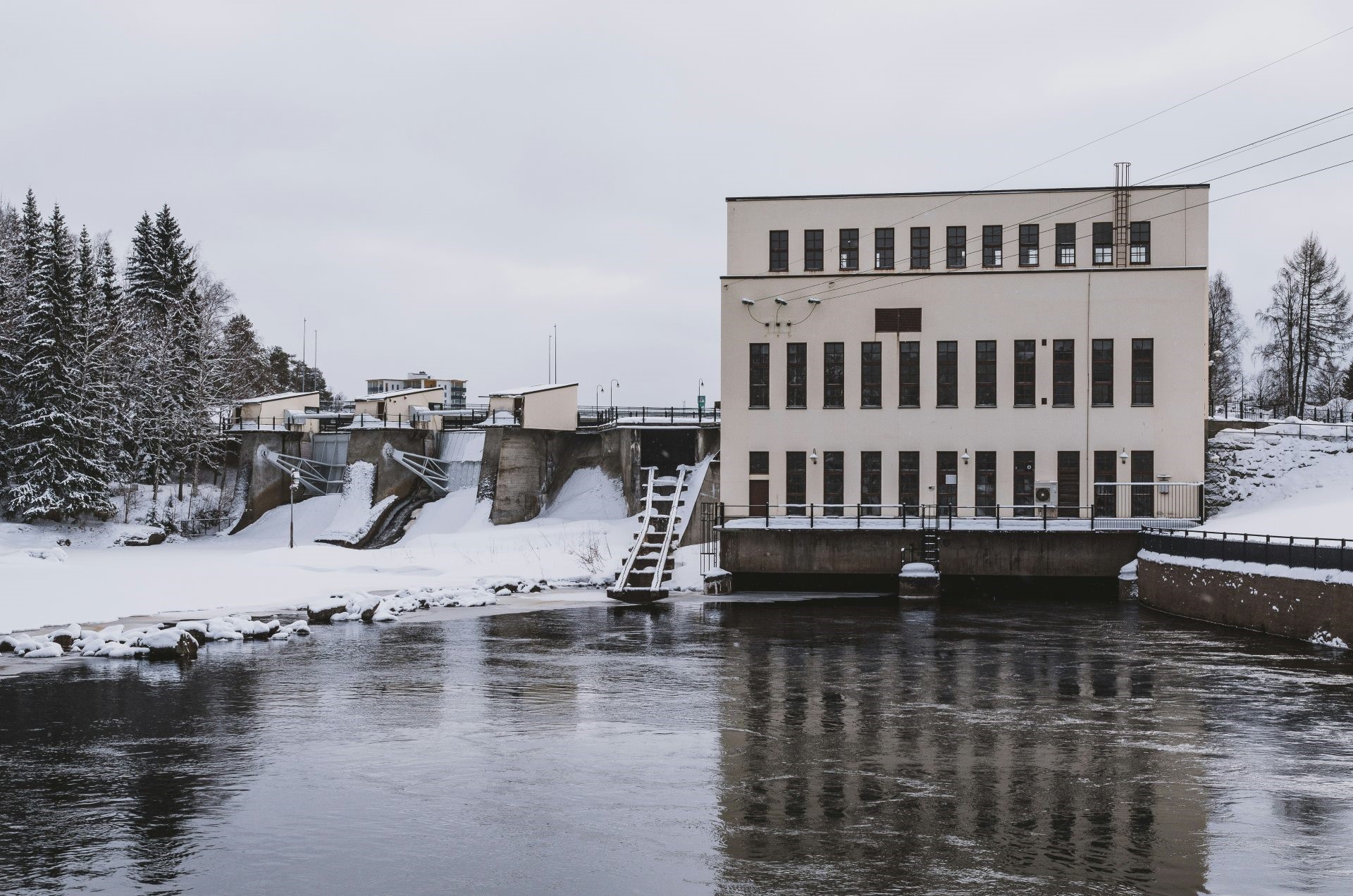
These sustainability criteria are crucial for ensuring that large hydro projects learn from the mistakes of the past. They provide a framework for developing hydro power in a way that respects ecosystems, communities, and biodiversity.
At the same time, hydropower plays a vital role in the global energy transition, particularly because of its ability to provide clean, firm power. For example, we cannot triple the share of variable renewables, like wind and solar, without the support of hydropower. It’s almost like the ‘sleeping giant’ of renewable energy. In places like Portugal, we’ve seen firsthand how hydropower can support high levels of renewable penetration. This year, Portugal reached over 90% of its electricity generation from renewables, largely thanks to its hydro dams. When the wind and sun aren’t available, hydro can step in to balance the grid and ensure a reliable, clean energy supply.
In this decade—arguably the most crucial one in our history—the goal of tripling renewables is not just achievable; it’s the fastest, most cost-effective way to transition to a clean energy system.
It’s also worth noting that geothermal and storage technologies, like pumped hydro, are becoming increasingly important in this mix. Long-duration storage, especially through retrofitting existing hydro dams with pumped storage, is one way we can increase flexibility in the system and help balance intermittent renewables.
In the end, if we are serious about decarbonizing the power sector, a mix of renewable energy sources like wind, solar, hydro, and geothermal will be critical. In this decade—arguably the most crucial one in our history—the goal of tripling renewables is not just achievable; it’s the fastest, most cost-effective way to transition to a clean energy system. But there are significant headwinds to overcome, many of which are artificially created by entrenched interests in the fossil fuel sector. We need to push through these barriers because the winners of the energy transition will be the ones who seize the current opportunity. The competition is heating up, and it’s a race we cannot afford to lose.